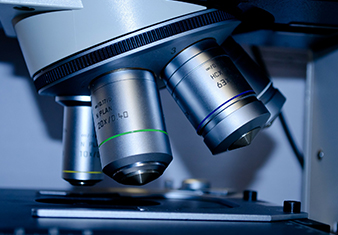
Exploring New Horizons
Pushing the limits of what’s possible
Johns Hopkins’ innovation continues to push the boundaries of humankind’s understanding of the universe with two historic long-term missions: the Parker Solar Probe and the New Horizons spacecraft.
Launched in summer 2018, NASA’s Parker Solar Probe was designed and built, and is being managed, by the Johns Hopkins Applied Physics Laboratory. It will swoop within 4 million miles of the sun’s surface, seven times closer than any previous probe and near enough to fly through the sun’s atmosphere and make unprecedented observations of the corona and solar wind. The mission plan calls for 24 orbits of the sun. Throughout its seven-year mission, the probe will explore the sun’s outer atmosphere and make critical observations to answer decades-old questions about the physics of stars. Its data will also be useful in eventually improving forecasts of major eruptions on the sun and the subsequent space weather events that impact technology on Earth, as well as satellites and astronauts in space.
New Horizons began its mission in 2006, reached Pluto in 2015, and in the early hours of New Year’s Day 2019, it flew past an object known as Ultima Thule ushering in an era of exploration of the mysterious and enigmatic Kuiper Belt, a distant region of primordial objects that holds keys to understanding the origins of our solar system. The spacecraft will continue its exploration of the Kuiper Belt until at least 2021.

